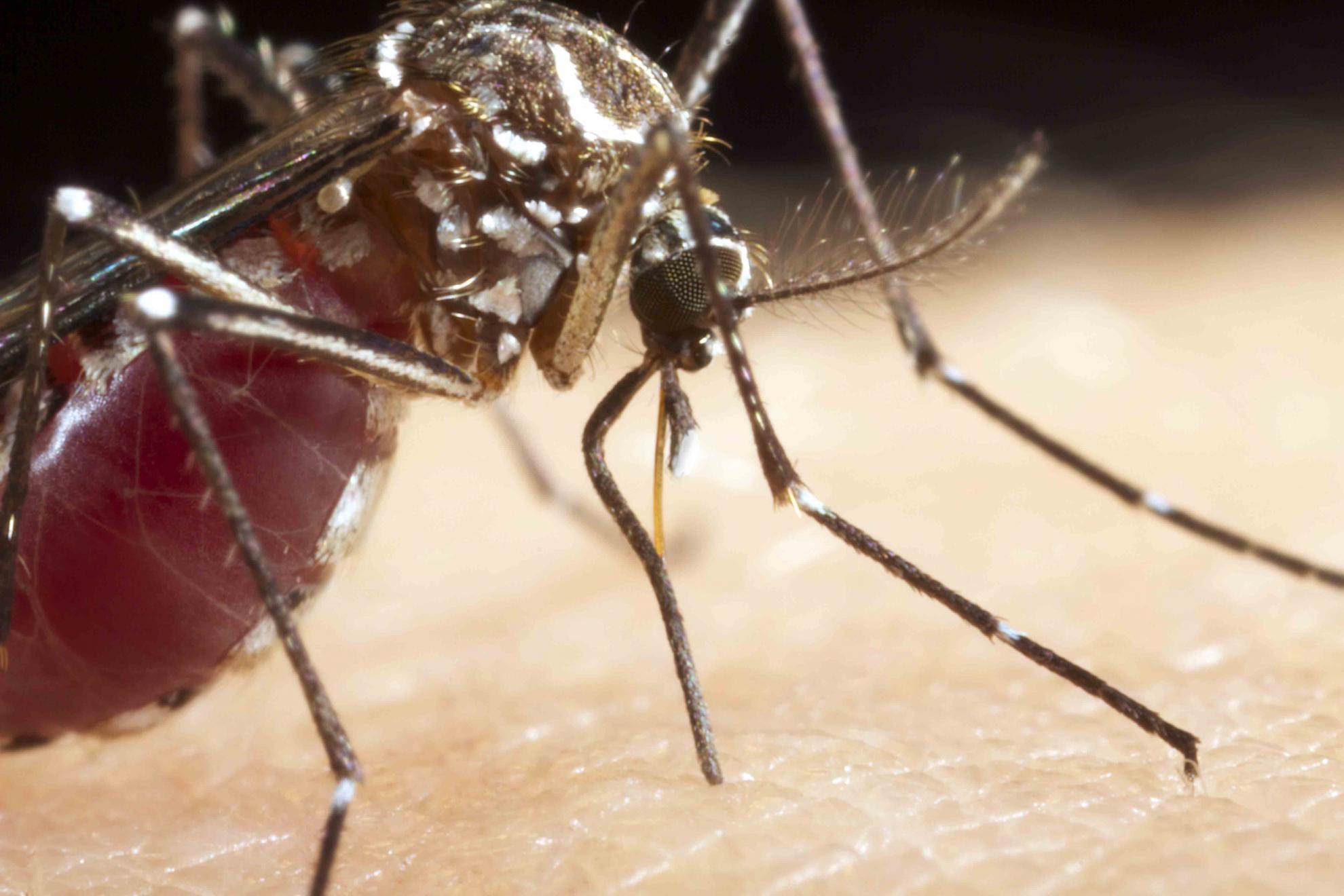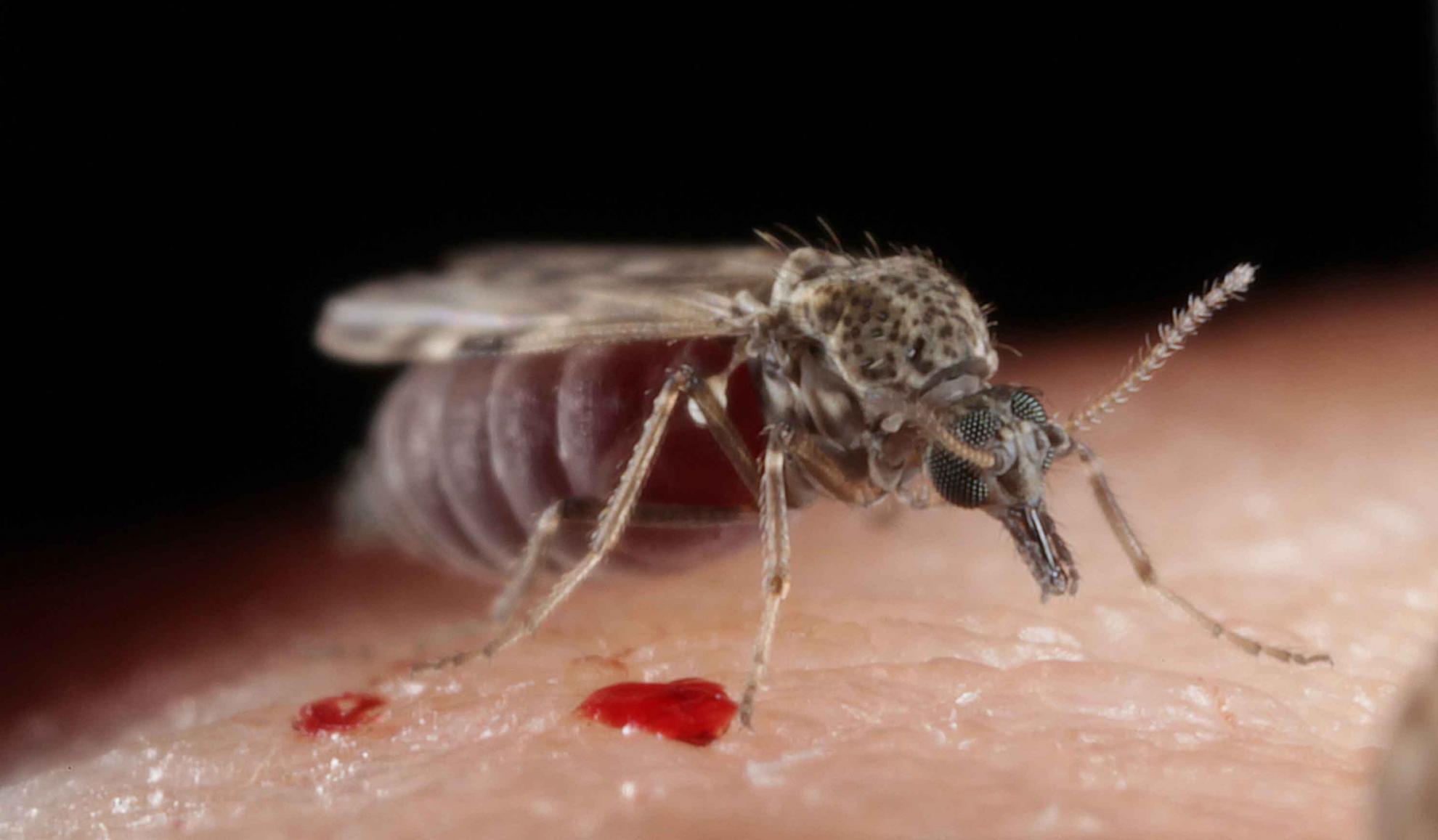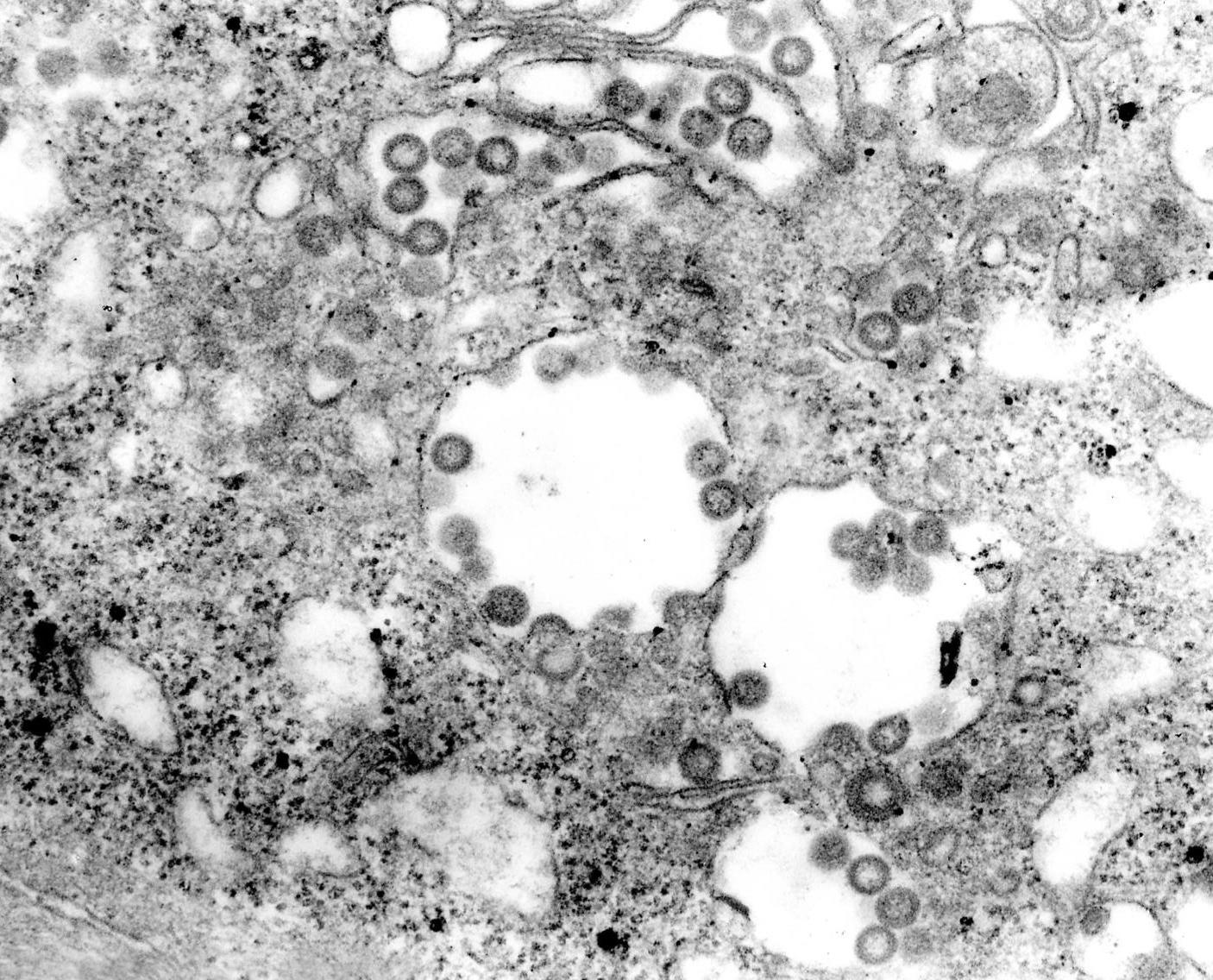Rift Valley Fever Virus Primes Immune Responses in Aedes aegypti Cells
The ongoing global emergence of arthropod-borne (arbo) viruses has accelerated research into the interactions of these viruses with the immune systems of their vectors. Only limited information exists on how bunyaviruses, such as Rift Valley fever virus (RVFV), are sensed by mosquito immunity or escape detection. RVFV is a zoonotic phlebovirus (Bunyavirales; Phenuiviridae) of veterinary and human public health and economic importance. We have shown that the infection of mosquitoes with RVFV triggers the activation of RNA interference pathways, which moderately restrict viral replication. Here, we aimed to better understand the interactions between RVFV and other vector immune signaling pathways that might influence RVFV replication and transmission. For this, we used the immunocompetent Aedes aegypti Aag2 cell line as a model. We found that bacteria-induced immune responses restricted RVFV replication. However, virus infection alone did not alter the gene expression levels of immune effectors. Instead, it resulted in the marked enhancement of immune responses to subsequent bacterial stimulation. The gene expression levels of several mosquito immune pattern recognition receptors were altered by RVFV infection, which may contribute to this immune priming. Our findings imply that there is a complex interplay between RVFV and mosquito immunity that could be targeted in disease prevention strategies.



